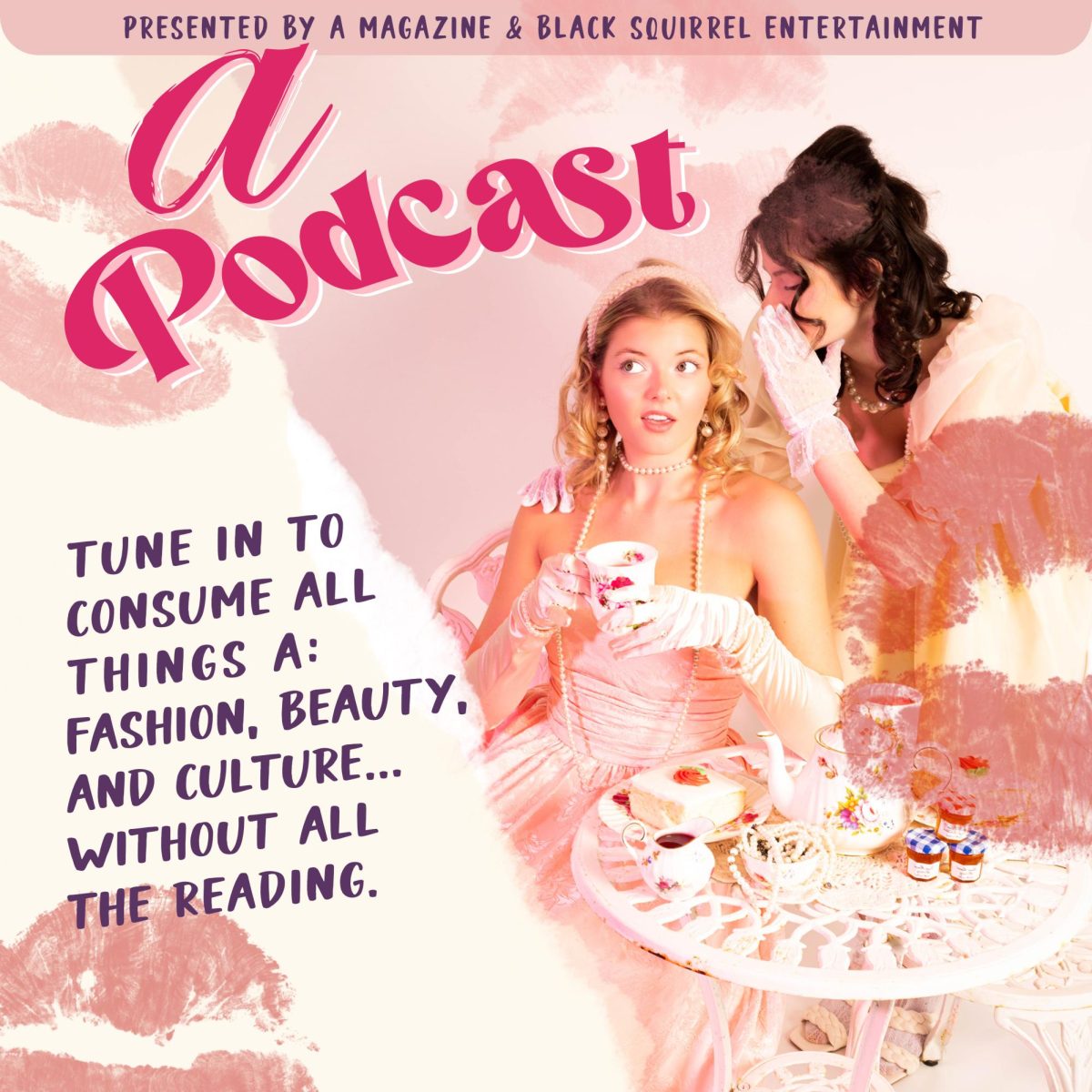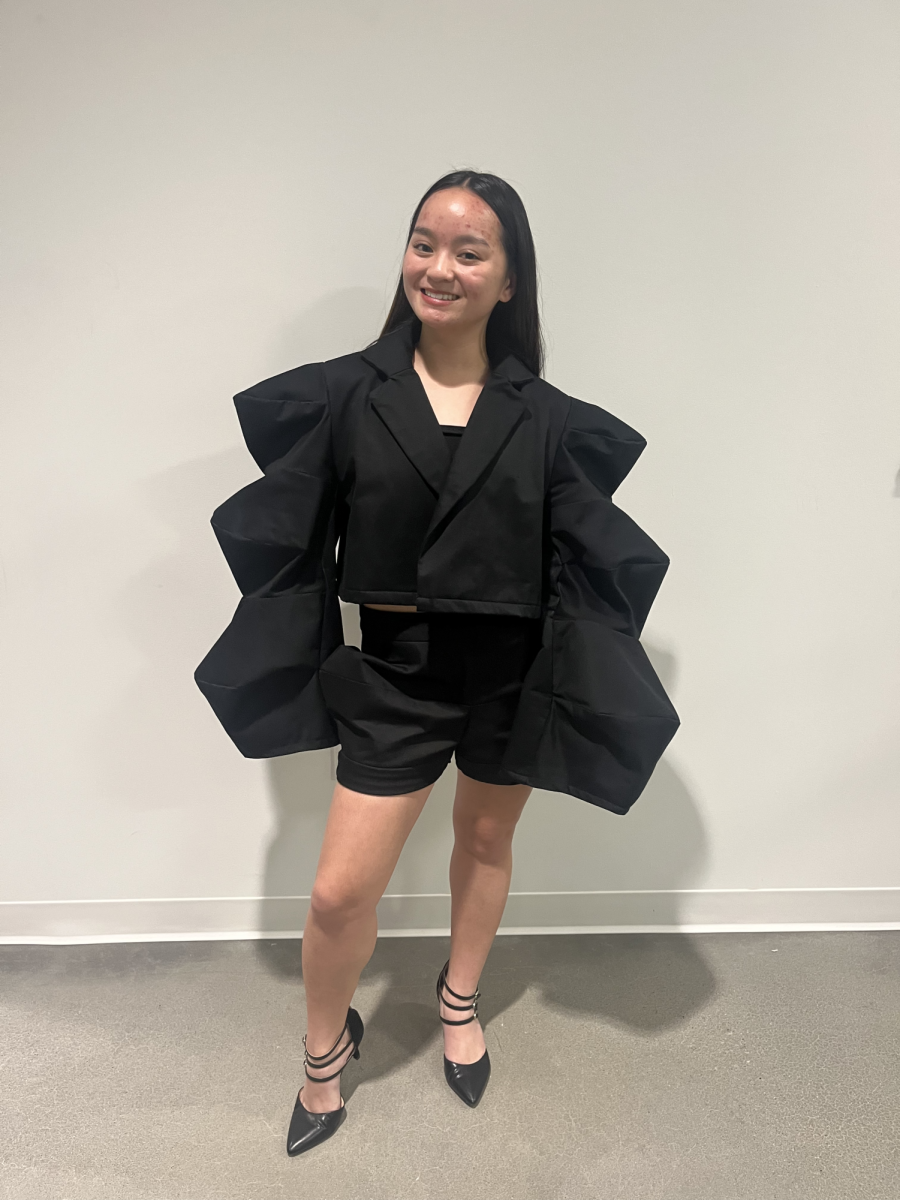Whole30, founded by nutritionists Dallas and Melissa Hartwig, is the newest diet trend popping up on everyone’s social media. Started in 2009, the program is made up of 30 days of disciplinary eating–no alcohol, dairy, sugar, legumes or grains. And if you mistakenly indulge in a “forbidden food,” you are ruthlessly encouraged to start the full 30 days all over again.
It would be useful to give some background on co-founder Melissa Hartwig, author of The Whole30: The 30-Day Guide to Total Health and Food Freedom, who has since made appearances on programs such as “The Today Show,” “Dr. Oz” and “The View.” “Quitting heroin is hard. Drinking your coffee black is not hard,” Hartwig says. After she began recovering from an addiction to both heroin and ecstasy, she began blogging about her 30-day diet experiment. It was during this time that Hartwig noticed the parallels between drug addiction and our culture’s relationship with food.
“From a psychological standpoint, food and drugs are not that different,” she tells The Fix. “We are talking about the same cycle of craving and the promise of reward, and the intense stimulation to pursue this reward. Not to mention the immense feelings of guilt we have when certain foods don’t deliver the happiness we were hoping for in reward.”
Whole30 is meant to get people to recognize and act on their dysfunctional relationship with food, much like an addict in rehab, and find new methods of comfort other than food. Though, as Hartwig notes, food us much more accessible than drugs, and can be just as harmful, making it that much harder to control addiction.
Whole30 does not advertise as a weight-loss program (hence the aversion to calling it a “diet”) and it certainly isn’t meant to be a lifestyle (it does, after all, last for only 30 days.) Instead, the whole experience is meant to be a challenge, a test of one’s self-control for the result of a healthier mind and body.
After the 30 days are complete, participants can begin slowly allowing the previously forbidden foods back into their routine. However, the end goal is to gain an understanding of food sensitivities and remove them from your diet. “You can think of the Whole30 as pushing a reset button with your health, your habits and your relationship with food,” Hartwig says.
While the plan consists heavily of meat, vegetables, eggs and fruit, meal options are certainly never meant to be boring. It’s rising popularity has brought on meal services like Blue Apron Inc. and FreshDirect to offer Whole30-friendly meal plans to customers.
However, what this means for participants looking to do their own grocery shopping is it entails diligently reviewing food labels on seemingly harmless items. Almond milk, for example, contains an ingredient called carrageenan, a seaweed extract used as a thickener, which has been proved to cause inflammation among other stomach problems. “One of the reasons these kinds of programs do help people is because they make people acutely aware of what they’re eating. They encourage you to study food labels,” says Mariam Nelson, a women’s health expert and director of the University of New Hampshire’s Sustainability Institute.
The Whole30 website specifically states to “eat moderate portions of meat, seafood and eggs; lots of vegetables; some fruit; plenty of natural fats; and herbs, spices and seasonings. Eat foods with very few ingredients, all pronounceable ingredients, or better yet, no ingredients listed at all because they’re whole and unprocessed.” Nonetheless, even if you were to have the entire list of rules memorized, this can all seem overwhelming at first.
The requirements can get jumbled. From the “no legumes” rule, banning all kinds of beans, except for the green ones since they’re considered more of a “pod” than a “bean.” Not to mention the no butter rule, that is unless it’s separated, now considering clarified butter or “ghee.” With that said, yes it’s a challenge, as all changes are. Nonetheless, this is one that challenges your routine, health and eating habits, some of the most important factors in people’s lives.


















